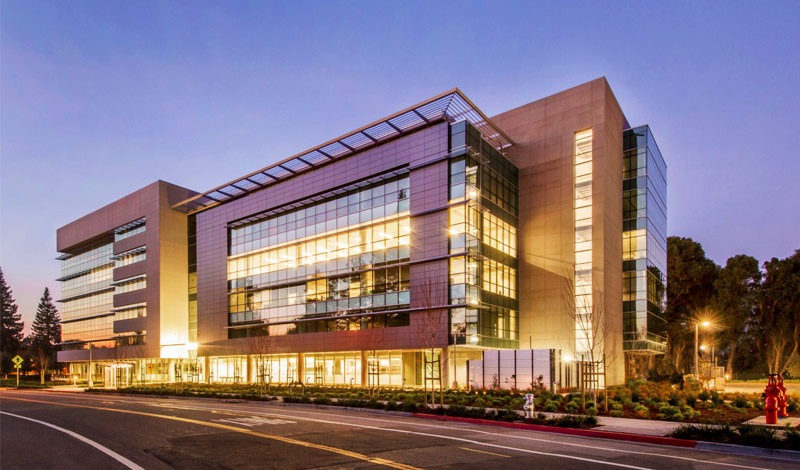Everywhere you look, momentum is building for the electrification of buildings. Driven by a powerful combination of factors — new and emerging regulatory requirements, the proliferation of high-efficiency electric technologies, and, of course, the national imperative to reduce greenhouse gas (GHG) emissions to help solve the climate crisis — building owners and the people who manage them are deciding to go all-electric.
More than a solution designed to mitigate the effects of GHG emissions, building electrification makes good business sense. According to a recent report by the Urban Land Institute — a nonprofit research and education organization — “electrification across new and existing buildings is improving real estate’s bottom line, future-proofing portfolios, attracting high-quality tenants, lowering building emissions, and improving the health and safety of building occupants.” There are many real-world, quantifiable examples of the business benefits of building electrification.
Energy cost savings
The first and most important financial benefit is the overall energy savings that result from going all-electric. All-electric heat pumps, electric dryers, induction stoves and other electric technologies, for example, have been proven to be up to three times more efficient than their fossil-fueled counterparts.
And the cost savings that come from that reduced energy consumption are substantial. According to recent research by the American Council for an Energy-Efficient Economy (ACEEE), electrification could reduce the site energy use of U.S. commercial building stock by 44%.
More efficient technology
Replacing conventional furnaces and boilers that burn fuels to produce heat with ground- or air-source heat pumps can yield more than cost-saving benefits. Because they can use electricity to transfer heat from a cool space to a warm space and move heat from the outdoors inside, they perform double duty by heating and air conditioning with the same equipment. And they are much more energy-efficient than furnaces. According to the U.S. Department of Energy, they reduce electricity use for heating by 50%.
Improved health and safety
An accumulating body of research about the health effects of improving indoor air quality is also helping to make the case for switching to all-electric buildings. Cooking on gas stoves, for example, can create nitrogen dioxide and carbon monoxide levels that would violate outdoor pollutant standards, according to a report from the Rocky Mountain Institute.
Building electrification brings with it cleaner air and healthier spaces. Today, a building’s indoor air quality is a critical factor in maintaining the safety and well-being of occupants. It can even help protect from liability caused by air quality issues.
Benefits for new and existing buildings
Electrification offers a range of benefits for building owners and managers — both for new construction projects and retrofits of existing buildings. For new construction, developers who plan for all-electric projects can significantly reduce building costs because there is no need to install natural gas lines and meters. A study by the Urban Green Council found that construction costs for high-performance, all-electric buildings can be up to 11% less than for traditional construction.
Building electrification is not just affecting new construction. Local government decarbonization policies are also beginning to address existing buildings, according to Jenna Tatum, director of the Building Electrification Institute. An electrification retrofit of an existing building can be very cost-effective. According to an ACEEE analysis, more than one-quarter of commercial space in the U.S. can be electrified and deliver a payback of fewer than 10 years, even without rebates.
